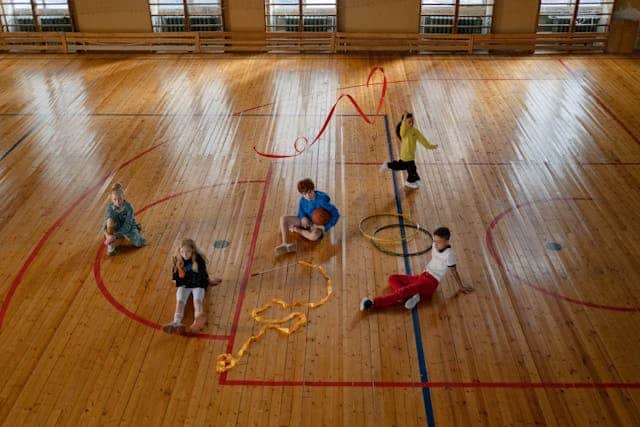
Breaking Up Prolonged Sitting to Improve Cardiometabolic Risk: Dose–Response Analysis of a Randomized Crossover Trial
May 31, 2023
Exergames to limit weight gain and to fight sedentarism in children and adolescents with obesity
June 14, 2023A study titled “Validation of an Algorithm for Measurement of Sedentary Behaviour in Community-Dwelling Older Adults” was recently published in Sensors. A summary of the paper and citation details are re-posted below. The full article is available here.
ABSTRACT
Accurate measurement of sedentary behaviour in older adults is informative and relevant. Yet, activities such as sitting are not accurately distinguished from non-sedentary activities (e.g., upright activities), especially in real-world conditions. This study examines the accuracy of a novel algorithm to identify sitting, lying, and upright activities in community-dwelling older people in real-world conditions. Eighteen older adults wore a single triaxial accelerometer with an onboard triaxial gyroscope on their lower back and performed a range of scripted and non-scripted activities in their homes/retirement villages whilst being videoed. A novel algorithm was developed to identify sitting, lying, and upright activities. The algorithm’s sensitivity, specificity, positive predictive value, and negative predictive value for identifying scripted sitting activities ranged from 76.9% to 94.8%. For scripted lying activities: 70.4% to 95.7%. For scripted upright activities: 75.9% to 93.1%. For non-scripted sitting activities: 92.3% to 99.5%. No non-scripted lying activities were captured. For non-scripted upright activities: 94.3% to 99.5%. The algorithm could, at worst, overestimate or underestimate sedentary behaviour bouts by ±40 s, which is within a 5% error for sedentary behaviour bouts. These results indicate good to excellent agreement for the novel algorithm, providing a valid measure of sedentary behaviour in community-dwelling older adults.
CITATION
Abdul Jabbar K, Sarvestan J, Zia Ur Rehman R, Lord S, Kerse N, Teh R, Del Din S. Validation of an Algorithm for Measurement of Sedentary Behaviour in Community-Dwelling Older Adults. Sensors. 2023; 23(10):4605. https://doi.org/10.3390/s23104605




